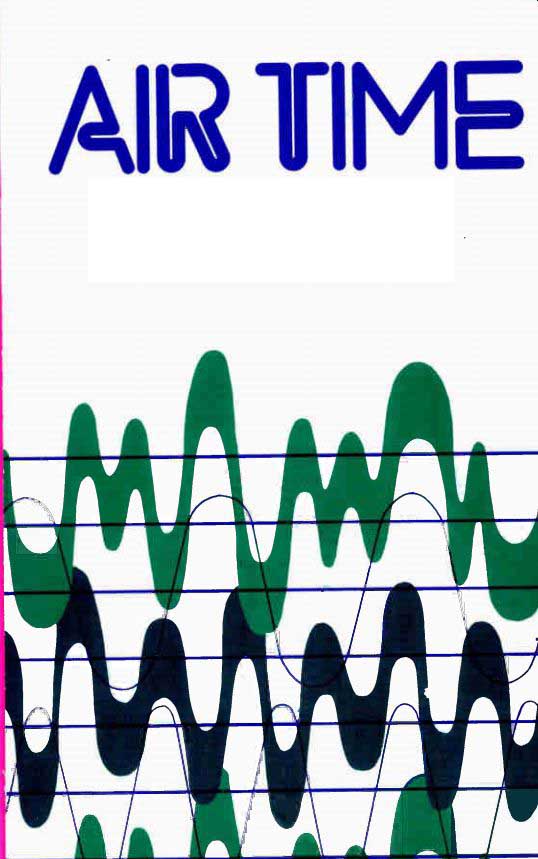
Part 1: STUDIO TIME
1. THE TELEVISION STUDIO (part a, b, c)
2. THE RADIO STUDIO (part a, b)
Part 2: STATION TIME
6. STATION AFFILIATION AND REGULATION
Part 3: CHANGING TIME
This guide is based on a 1977 book geared for broadcast radio and television of that time period. However, many of the same skills and procedures are applicable in modern radio and television broadcasting, as well as podcasting and YouTube vlogging.
PREFACE
I think broadcasting is fun. I enjoy playing around in a studio and getting all the equipment to produce something that conveys the meaning I had in mind. I like dealing with the people who work at a station because their interests and mine are similar and because I find them more creative and more diversified than most people in most other businesses. A lot of people will find they enjoy broadcasting as much as I do. But they have to start somewhere.
That's what this book is about. It's a start in learning about studios and station offices. I'll admit nothing matches the experience of actually working with the equipment or actually sitting in those offices dealing with people in broadcasting.
But I've found that no one gets everything down pat the first time s/he walks into those studios or offices. No one's memory is that good, and no one takes notes that thoroughly. No matter how good the presentation in the studio, the time is short and I have found it helps to have something to refresh your memory once you walk out the door. And that "refresher" should give you information about color equipment in television, as black and white is going the way of the dinosaurs. Hence I talk of beam splitting and chroma-key. In radio, stereo has to be a consideration, so I've included some discussion of stereo boards. And in all cases, I've tried to talk in terms of situations rather than of theories. That's what you hit first in a studio anyway.
But studios aren't the whole of broadcasting. Stations, their management, affiliations, ownership, and regulation are equally important. Most people start out fascinated by the machines of broadcasting, but they must deal with the people behind them as well. So I've tried to indicate who's responsible for what, who makes what decisions, and even what sort of training and background you should have for most positions. I've talked of the deals stations have made with networks, of the organization by group owners, and of the arrangements of the totally independent stations. I've talked of formats and their varieties and the search for the right fragment of the audience.
These are "people" not "machine" decisions. These decisions have to make sense to the new broadcaster too.
This broadcaster is who I'm writing for. Up till now, that new broadcaster has had to get a dozen different books to find out what happens in studios and offices. That kind of disregard for those just starting out is what I've tried to avoid. And since I don't find broadcasting a very formal business, I've tried to be casual as well. I hope this scope and this approach are what you're looking for.
Introduction
All of us already know something about broadcasting. We have grown up hearing radio programs and watching television shows. That's never been true before in the history of the world. Broadcasting is an aspect of our culture that is totally without precedent in the preceding several thousand years of recorded history. But we accept it casually enough to have no sense of awe or wonder about it. Broadcasting is just a part of our lives, and a part we often complain about or criticize.
So we already know something about a field no one else before us even imagined. That's not enough, though. We can imagine purposes for cameras or microphones which will be useful, informative, or just plain fun. So we want to learn how to get the machines working right and how to join the people behind the machines so as to accomplish these purposes. In other words, we want to know what buttons to push and which people to go to. The programs we have listened to or watched come from microphones and cameras, out of the stations. How does the equipment work? What is the organization of the stations? We start with knowledge of what programs are like. Let's go deeper and find out about the equipment and about the stations.
Also see: Television Production Guide